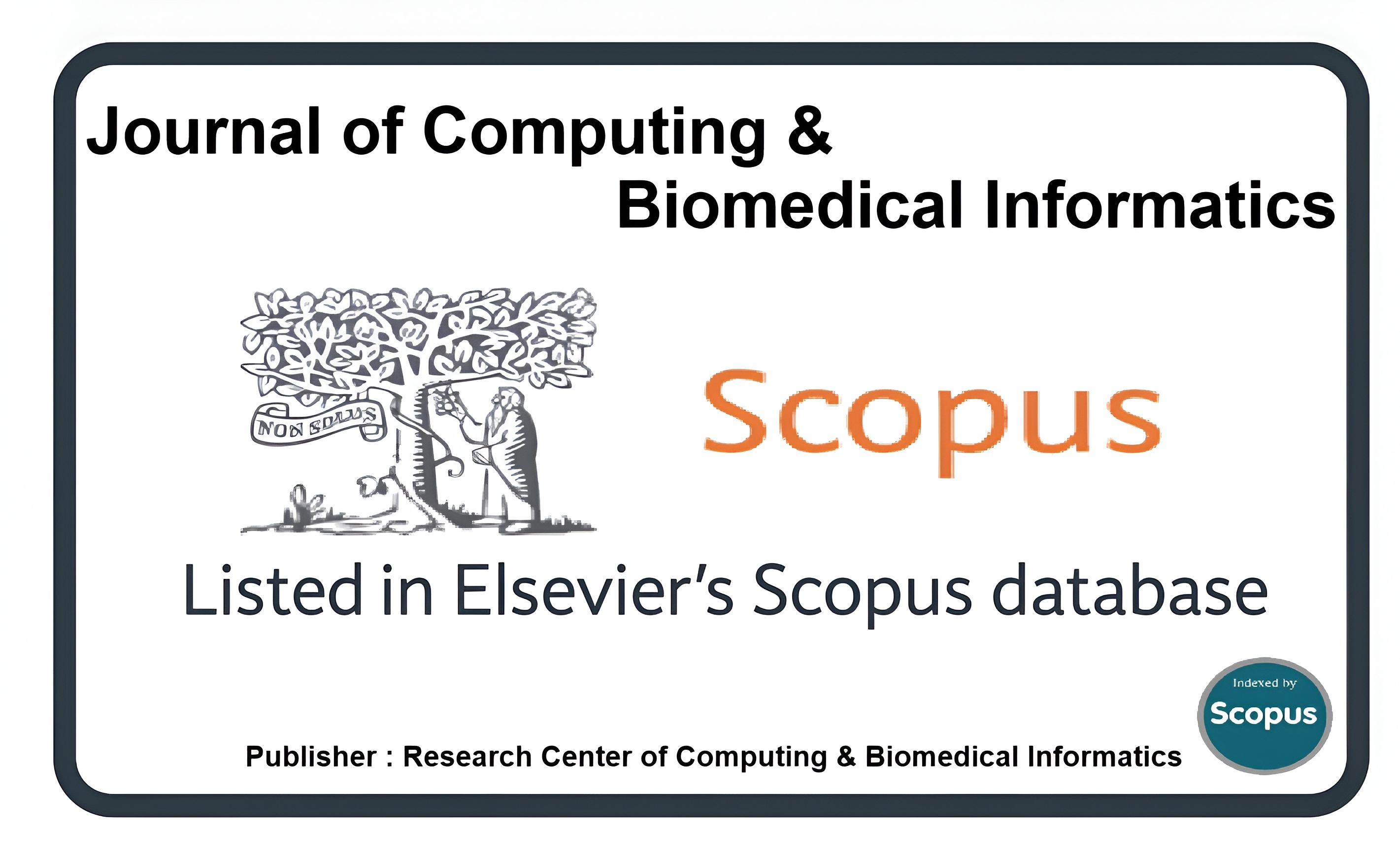A Systematic Review of Artificial Intelligence Techniques Used for IDS Analysis
Keywords:
IDS, Network Traffic, Security, Random Forest, KNNAbstract
Network security is critical for protecting sensitive data, avoiding data breaches, defending against cyber-attacks, ensuring operational continuity, and adhering to regulatory obligations. Security is seen as a danger in today's work environment. When a network begins to behave abnormally, an attack is launched. To get access, attackers use sloppy security processes, code faults such as buffer overflows, and network vulnerabilities. Attackers might be persons with limited access to the system who want greater control over who uses it, or they could be so-called black hat hackers who are just normal internet users attempting to steal crucial information. Intrusion Detection System software monitors network traffic for signals of unauthorised access or suspicious behaviour. It evaluates data from a range of sources, including network traffic logs, system logs, and security events, to detect and inform users of potential security threats. In contrast to an intrusion detection system (IDS), which monitors the whole network, an intrusion detection system (IDS) is a tool that examines network traffic for indicators of odd behaviour and problems, detects, and responds to unauthorised system activity alerts when they occur. In this research, we will employ intrusion detection systems (IDS) to detect suspicious activities.
Downloads
Published
How to Cite
Issue
Section
License
This is an open Access Article published by Research Center of Computing & Biomedical Informatics (RCBI), Lahore, Pakistan under CCBY 4.0 International License





